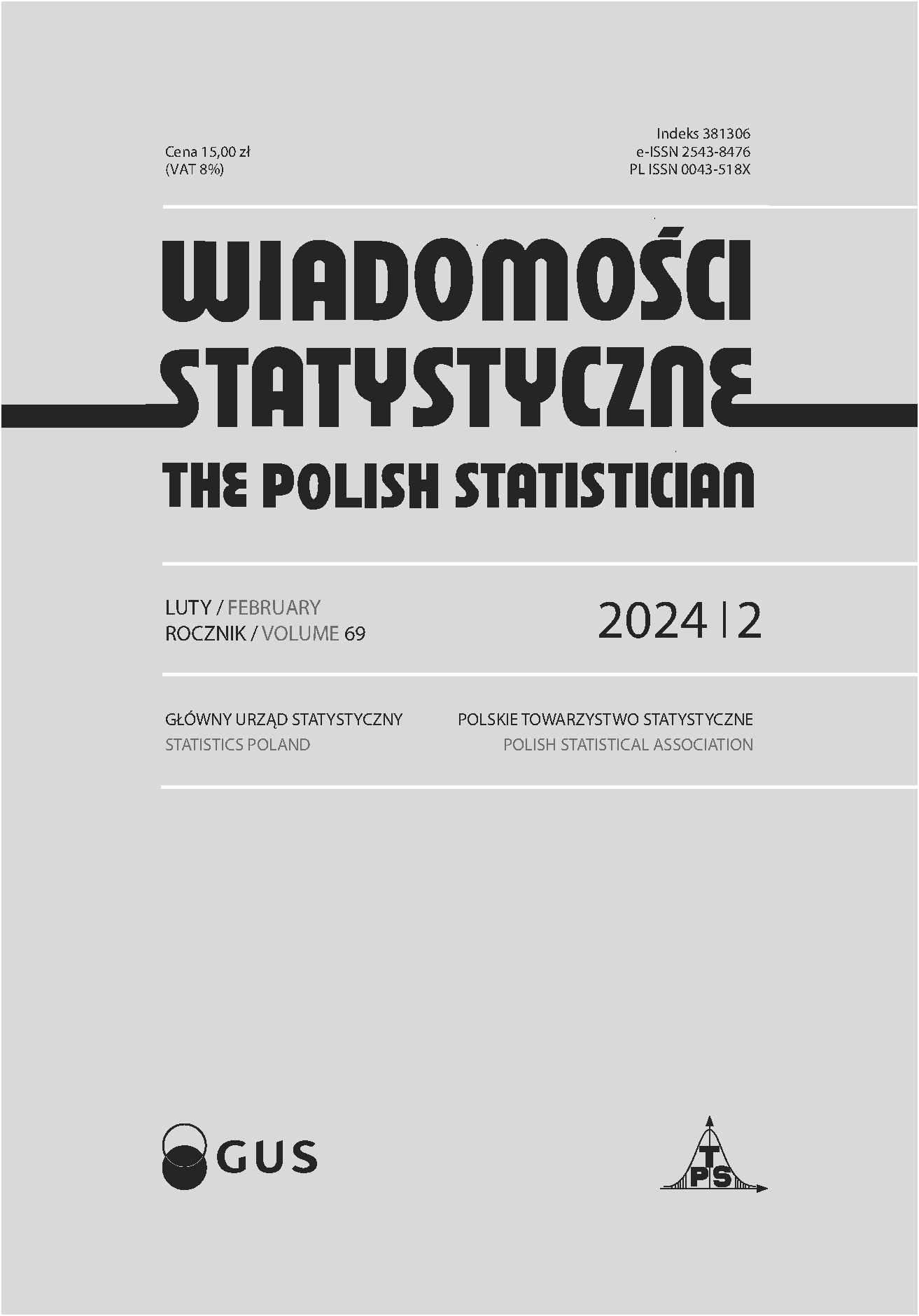Selected factors of depopulation in South-Eastern Europe
Selected factors of depopulation in South-Eastern Europe
Author(s): Tadeusz Zienkiewicz, Ewa ZienkiewiczSubject(s): Economy
Published by: Główny Urząd Statystyczny
Keywords: depopulation; population ageing; South-Eastern Europe
Summary/Abstract: The transformation processes in the political, social, and economic spheres taking place at the turn of the twentieth and twenty-first centuries in South-Eastern Europe (SEE) resulted in negative demographic phenomena. The aim of the study discussed in the article is to assess the geographical distribution of the demographic age, determine the indices of the dynamics of the ageing process of the SEE population and explain the relationship between the natural movement, fertility and the level of migration. The study is based on the data for the years 1990–2020 from a database of the World Bank. The study used the static method to determine the structure of the demographic old age and the dynamic method to determine in which phase of ageing the population was. Natural movement balances were examined using the least squares method. The study found that the population of the SEE residents in the tested period decreased by nearly 8 million (by 12% of the SEE total population from 1990). The proportion of people aged 65 and over in the total population increased from 9.6% to 18.7%, and the ratio of residents aged 65 and over to those under 15 exceeded 100%. Further study of this phenomenon will help understand the ageing patterns of the SEE population, which may facilitate the application of specific policies designed to mitigate the negative effects of depopulation in the region.
Journal: Wiadomości Statystyczne. The Polish Statistician
- Issue Year: 70/2024
- Issue No: 02
- Page Range: 1-17
- Page Count: 17
- Language: English, Polish

